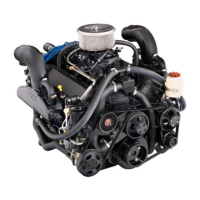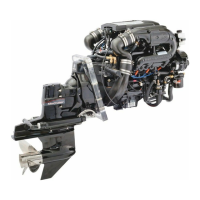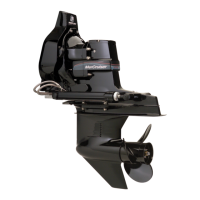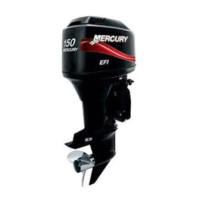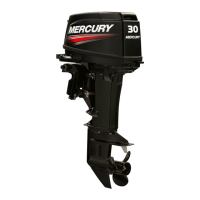GASOLINE ENGINES BRAVO MODELS
Page 20 of 116
Fuel Delivery System
WARNING
Boating standards (NMMA, ABYC, etc.) and Coast Guard regulations must be ad-
hered to when constructing the engine compartment.
GENERAL
The main concern of a boat’s fuel system is safety; this must be achieved through a techni-
cally sound installation and constant inspection.
The fuel system, from the filler pipe to the fuel pump, is the same in principle for all boats.
The fuel tank is an integrated component of the boat. Refer to the special information on
service and maintenance, which you have received from the tank manufacturer.
Only a few points related to function and safety are listed here [Refer to boating standards
(NMMA, ABYC, etc.) and Coast Guard regulations for complete guidelines]:
• All connections should be on the upper side of the tank.
• The drain plug at the lowest point on the tank serves to permit the removal of water and
sediment.
• The filler pipe outer diameter should be at least 2 in. (50 mm).
• The tank breather pipe must have an inner diameter of at least 1/2 in. (13 mm) and must
be fitted with a swan neck to prevent water from entering the tank.
It is recommended that the exact route and length of the fuel lines be established at the first
installation of the engine to prevent problems later in connecting them to the engine.
All fuel lines must be well secured. The holes where the lines run through the bulkheads
should be carefully rounded off or protected with rubber grommets. This prevents damage
to the lines from abrasion.
The following, but not limited to the following, additional fuel connection related points, ap-
plying to all engines unless otherwise stated, must be considered [Refer to boating stan-
dards (NMMA, ABYC, etc.) and Coast Guard regulations for complete guidelines]:
1. On Gasoline Engines: Fuel tank should be mounted below carburetor level (if possible)
or gravity feed may cause carburetor fuel inlet needle to unseat and flooding may result.
2. Fuel pickup should be at least 1 in. (25 mm) from the bottom of fuel tank to prevent pick-
ing up impurities.
3. On Gasoline Engines: The maximum measured vacuum at the engine’s fuel inlet must
not exceed 2 in. Hg or 1 psi (6.9 kPa) at 600, 3000, full throttle rpm, and idle rpm.
IMPORTANT: Vacuum reading higher than specified can cause vapor locking with
some of today’s fuels. It can also cause poor engine performance because of fuel
starvation.
4. On Gasoline Engines: Fuel lines used must be Coast Guard approved (USCG Type
A1).
Diameter of fittings and lines must not be smaller than 5/16 in. (8 mm) ID on 262 CID/4.3L
and 305 CID/5.0L and 350 CID/5.7L engines.
Diameter of fittings and lines must not be smaller than 3/8 in. (10 mm) I.D. on 377 CID/6.2L,
454 CID/7.4L and 502 CID/8.2L engines.
5. On Multi-Engine Gasoline Installations: It is best to use a fuel pickup and supply line
for each engine. If a single pickup and line is used, line must not be smaller than 1/2 in.
(13mm) I.D.
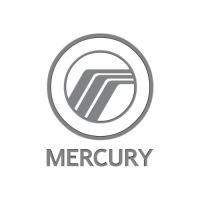
